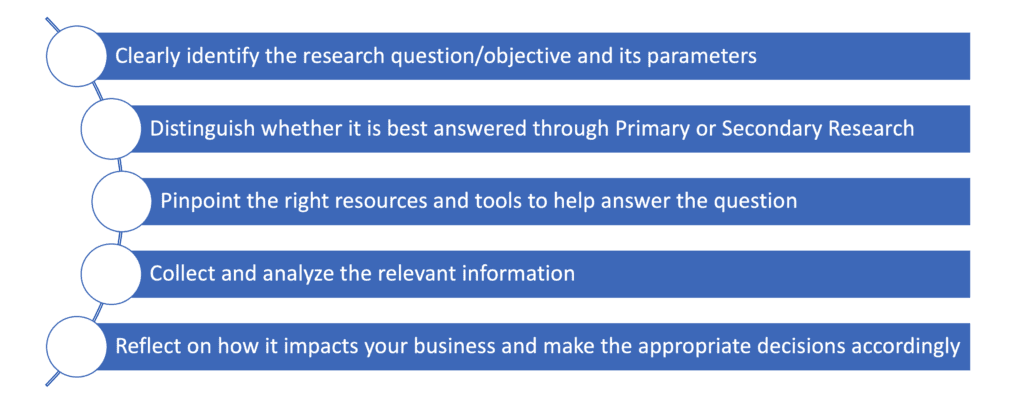Market research for startups: Get to know your customers, target market and the competition
Primary and secondary market research: What is it?
In today’s competitive world, characterized by continual fast-paced change and shorter product lifespans, making the right decisions is critical for your business’s launch and survival. Whether you use it for product development, building your marketing strategy or expanding internationally, having access to data that can assist you in making informed, strategic decisions is more critical than ever.
The process of acquiring and analyzing this critical information—which could be about your customers, competitors or a relevant market or industry—is referred to as market research. And all market research falls into one of two buckets: primary or secondary research.
Primary vs. secondary research
While the two types of research differ in how they’re conducted and the type of questions they can answer, it is important to note that they are not mutually exclusive. On the contrary, they are best applied in conjunction with each other to produce actionable insights.
Primary research
What is it?
Primary research is research you conduct on your own (or hire someone to do for you). It involves going directly to your source—usually your customers or prospective customers—to ask questions and gather information.
What kinds of questions does primary research best answer?
• How much are my customers willing to pay for my product or service?
• What are my customers’ perceptions about my brand?
• How can I improve my company’s offering to better serve my customers?
Such questions are specific to each company, its respective products or services and customers, and could not be answered through secondary resources.
Secondary research
What is it?
Secondary research is a type of research that has already been conducted, complied and published by a third party. It includes reports and studies carried out by government agencies, trade associations and research firms. Most of the research small businesses and startups with limited resources conduct is typically secondary, as it can be obtained faster and more affordably than primary research.
What kinds of questions does secondary research best answer?
Secondary research can address a wide spectrum of topics, varying from industry-specific trends to market sizing and projections. Common questions answered through secondary research include:
• What is the total addressable market value of a specific industry within a specific region?
• How fast is a specific industry growing?
• What are the latest emerging technologies disrupting a specific industry?
Such questions are usually of interest to a large sample of customers and are industry- or technology-specific, making them common enough to be answered by third parties.
The five key steps to conducting market research


Where to start your secondary research?
There’s an abundance of free publicly available data for your startup to use in conducting its own secondary research. Here’s a great link that highlights more than 50 top-tier open-data sources.


